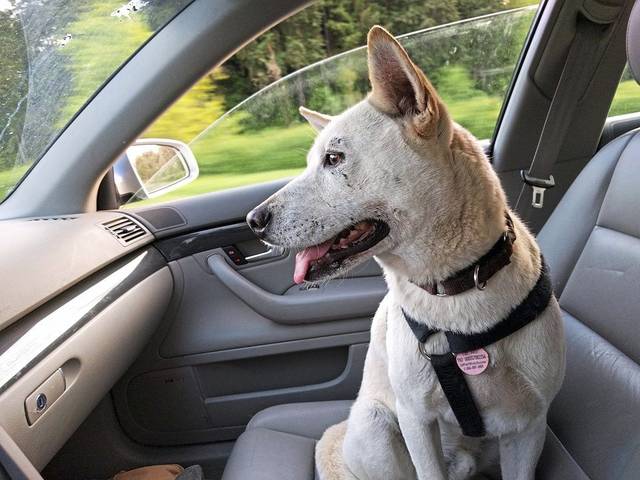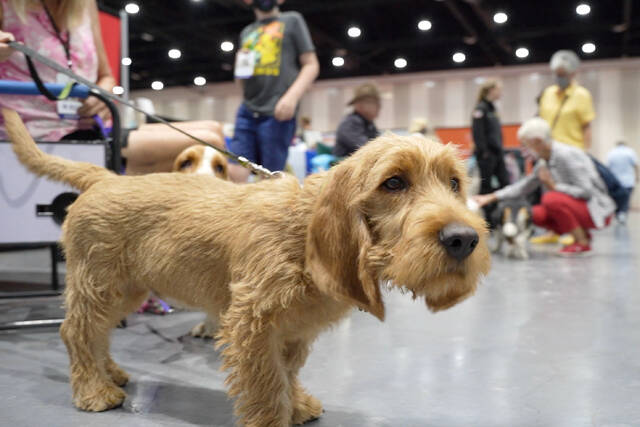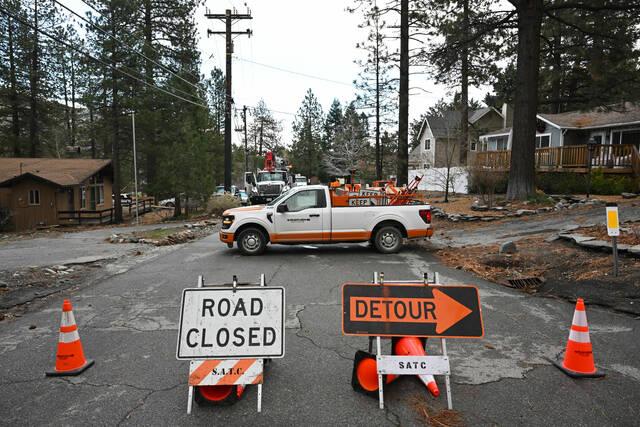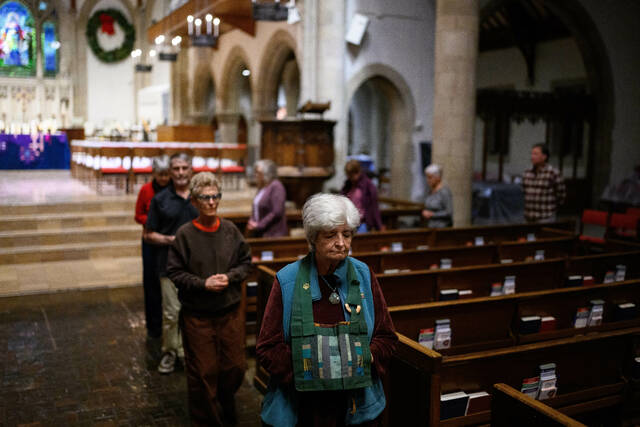We’ve always considered our pets to be members of the family, and now those pets — particularly dogs — are increasingly allowed out of the yard and into public spaces.
That makes it easier to take them along when we travel. In fact, 45% of respondents to a recent OnePoll/Quaker State travel quiz said pets would be included in their summer road trips.
Still, it takes some thought and preparation to make sure your fur baby has a safe and comfortable travel experience.
According to Aislinn Carson, an employee at See Spot Run doggie day-care and dog park in Greensburg, it’s good to get your dog used to the car by taking short trips before you hit the road. She should know, as she motors to Oregon to camp every summer with her German shepherd-huskie mix, Cassidy.
Carson says it’s also important to avoid using crowded rest stops, truck stops and other places frequented by lots of dogs, if possible.
“Dogs can pick up parvo(virus) or other diseases, like kennel cough, in public places — especially puppies, if they haven’t had their last round of shots,” she says.
Also, make a list of emergency veterinarians along the route, just in case a medical issue arises. This is especially important if you’ll be traveling through areas with unreliable cell phone service.
Here are a few other things to consider before going on the road with Fido.
• If your dog is not microchipped, consider having it done. Otherwise, make sure your dog has a sturdy collar with ID tags securely attached. Dogs have been known to run off at rest stops.
• If your vehicle is roomy enough, consider loading a kennel or crate to confine your dog. Otherwise, a pet seat belt or harness restraint is the best way to keep it safe. Your dog should have its own space and not be relegated to a foot well or someone’s lap.
• Make sure to pack food, water, bowls, shot record, license, medications, leash, first aid kit, poop bags, bed and some favorite toys. A chew toy is a good way to keep a dog occupied in the car.
Take more food than you think you’ll need, Carson says, so you’ll have plenty in case of a breakdown or other delay.
• A cooling vest can be helpful during especially hot days.
• Drooling and gagging are signs that a dog is getting carsick. There are veterinarian-prescribed and over-the-counter medications that can be given beforehand to avoid that scenario. Carson says Benadryl and Dramamine can be used for nausea — check with your vet or on the Internet for proper dosage for the animal’s weight. Mild sedatives are available for car anxiety, and Carson says some dog owners have success with using CBD oil.
• Stay on a consistent meal schedule.
• Take frequent breaks. A well-trained dog should have a bathroom break every 3 to 4 hours; a pup might need to stop every hour or so.
If you think your trip will take 6 hours, tack a couple more on to compensate, Carson says.
• For the worst-case scenario, pack easily accessible cleaning supplies and paper towels.
• For planning meals and overnight stops, websites like bringfido.com and dogfriendly.com provide information on dog-friendly restaurants and hotels.
Source: vettedpetcare.com








